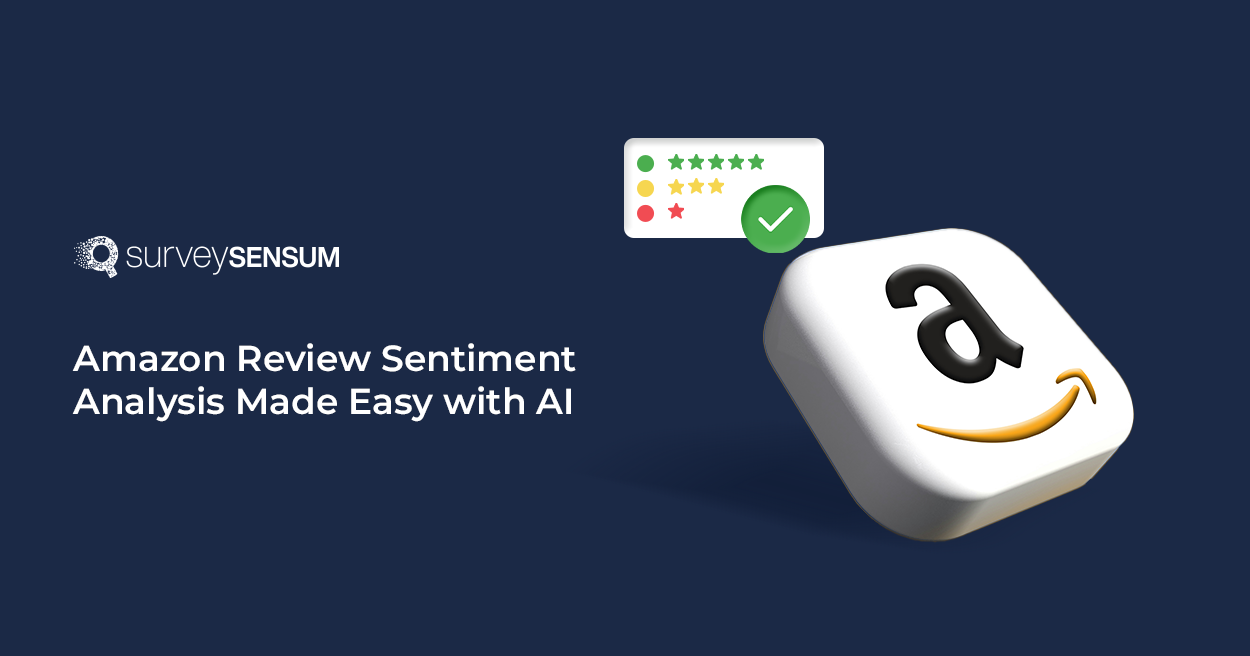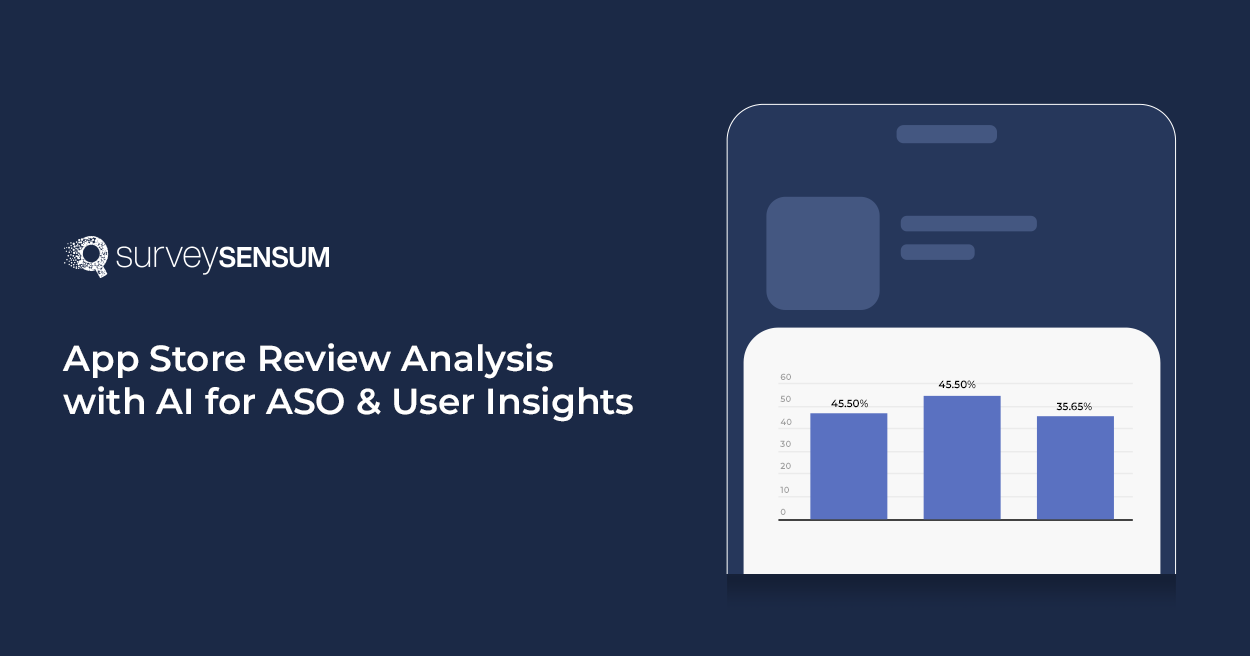

How are you staying on top of feedback coming from all your sources?
Your customers’ feedback is flowing in from multiple sources – email, social media reviews, live chat interactions, in-store interactions, etc. Managing such a vast amount of data and taking action can be challenging and overwhelming.
And without a proper and streamlined system in place feedback gets lost, the sentiment goes unnoticed, and opportunities to improve get overlooked.
This is where customer feedback management software is required.
— It streamlines the process of collecting and analyzing data from all channels, ensuring that you don’t miss any opportunity to improve your overall performance. So, let’s explore what it is and how to implement it.
What Is a Feedback Management System?
A feedback management system refers to a streamlined system that helps businesses gather, process, and analyze feedback across multiple channels, creating a centralized hub and consolidating all feedback in one place. This system organizes data into actionable insights, allowing businesses to respond promptly, track patterns, and make informed decisions to improve product and service and overall business performance.
But, Do You Really Need a Feedback Management System?
A robust customer feedback management system is vital to stay competitive and to become customer-centric. Let’s break this down.

1. Creates a Centralized System: When feedback is coming in from all directions, it becomes highly essential for businesses to create a streamlined system where feedback is collected and analyzed without any data getting lost in the chaos. This is where the feedback management software comes into play, serving as a single and unified platform to collect, organize, and analyze all feedback in one place.
2. Builds Product Intuition: A robust feedback management system helps businesses identify recurring problems and customer preferences, enabling them to shape product strategies that are more aligned with user expectations.
3. Improves Efficiency: By automating repetitive tasks like categorizing and tagging open-ended feedback, a feedback management system reduces manual effort, speeds up response time, and ensures issue resolution in real-time.
4. Minimizes Risk: An FMS helps businesses to become more proactive by identifying issues before they become major problems, hence reducing the risk of negative customer experiences or product failures.

5. Gives Competitive Advantage: With insights gathered through an FMS, businesses can iterate quickly, address pain points, and introduce improvements faster than competitors who lack an organized system.
However, to create a streamlined feedback management system you need a strategic approach, let’s see how to do that.
How Do You Implement a Feedback Management System?
Implementing a feedback management system involves a structured process of gathering, analyzing, and acting on feedback. Here’s how you can approach it.
1. Collecting Feedback
According to a study by Harvard Business Review, it was found that 73% of customers use multiple channels during their shopping experience.
This shows that customers are engaging with brands across multiple channels – email, social media, in-person interactions, etc – making it crucial to gather feedback from all these channels across multiple touchpoints. This enables businesses to gain a comprehensive overview of customer experience.
By adopting this omnichannel approach, businesses can collect feedback across all platforms and consolidate it in one centralized system. This creates a single source of truth for all customer insights, helping businesses maintain a holistic view of customer sentiment. A unified dashboard allows teams to track feedback efficiently and ensures that no insight is lost, regardless of where the feedback comes from.
Not only that, but creating an omnichannel feedback management system, will directly impact your revenue. In fact, companies that engage with customers across multiple channels report a 9.5% year-over-year increase in annual revenue, compared to 3,4% for weak omnichannel companies.
2. Analyzing Feedback
Once feedback is collected, it must be analyzed to extract actionable insights. Effective analysis involves managing both structured and unstructured data and identifying meaningful trends that guide business decisions.
- Analyze Open-ended Feedback: Your open-ended feedback is a rich source of insights and can provide you with valuable insights, however, analyzing a vast amount of feedback can become overwhelming and can be harder to process. By leveraging AI capabilities like text and sentiment analysis, you can extract key themes, patterns, top customer sentiments, and emotions. This helps in understanding overall customer sentiment, identifying top customer pain points, and taking data-driven action that will impact your bottom line.

- Identify Trends Over Time: Are certain issues arising consistently? Are customer sentiments improving or declining over time? These questions can be answered by gathering feedback consistently and tracking trends over time. Identifying these trends enables companies to spot emerging problems, address persistent pain points, and measure the impact of changes made over time.

- Create Detailed and Analytical Dashboards: Visualization is the key to gaining a holistic view of your feedback. Implementing the right feedback management system will help you create customizable dashboards that will help you measure and track key metrics on different aspects of customer experience and create a journey-based analysis instead of a one-size-fits-all analysis. These dashboards can display real-time updates, monitor KPIs such as CSAT scores, and highlight areas that require immediate attention. Make sure that these dashboards are accessible to various teams across the organization so that every department can take responsibility for the feedback relevant to them.

3. Take Action on Feedback
73% of customers will switch to a competitor after multiple bad experiences and that’s the cost of not taking proper action on customer feedback.
This is why it is imperative to take action based on the feedback received because feedback is only valuable if it leads to meaningful change that improves the customer experience.
- Prioritize Action Based on Its Impact: Not all feedback is equally urgent or impactful. It’s important to prioritize actions based on the severity of the issue, the number of customers affected, and the potential impact on the business. For example, if multiple customers are raising the same concern about a critical feature or service, it should take precedence over minor issues.

- Close the Feedback Loop: Closing the feedback loop involves responding to customers after taking action on their input. Letting customers know that their feedback was heard, addressed, and led to improvements builds trust and strengthens relationships. It also increases the likelihood that customers will continue providing valuable feedback in the future. Whether it’s a personalized follow-up email or a broader communication about changes implemented, closing the loop is a crucial part of maintaining customer satisfaction.
Conclusion
A feedback management system is not just any tool to organize feedback – it is a strategic approach that enables businesses to stay customer-centric, mitigate risks, prioritize effectively, and continuously improve their offerings. However, integrating feedback management into decision-making processes needs a robust tool, like SurveySensum, that ensures streamlined collection, organization, and analysis of feedback to make data-driven decisions.

















